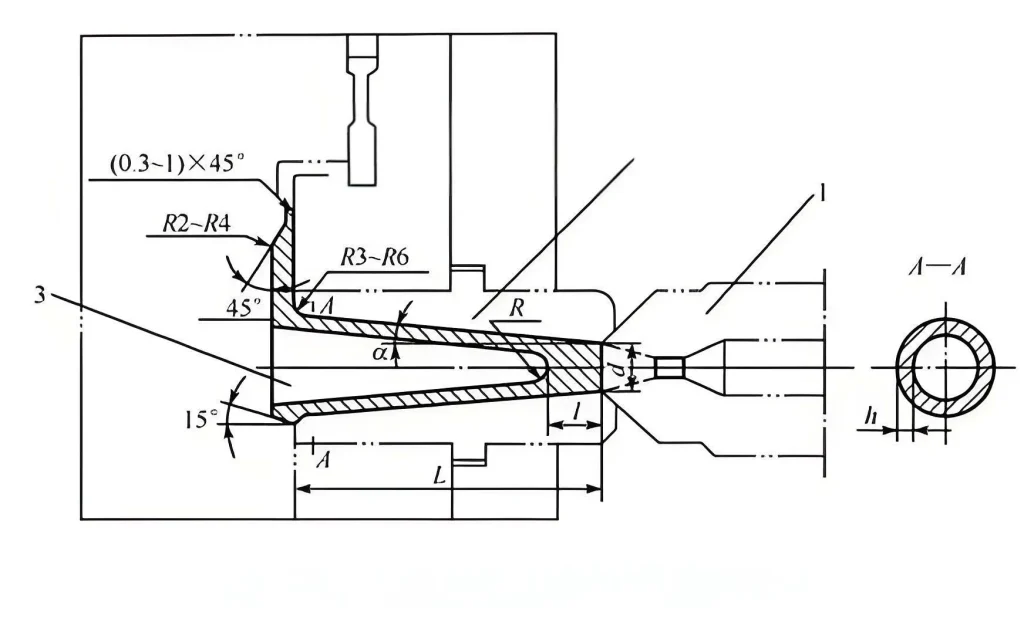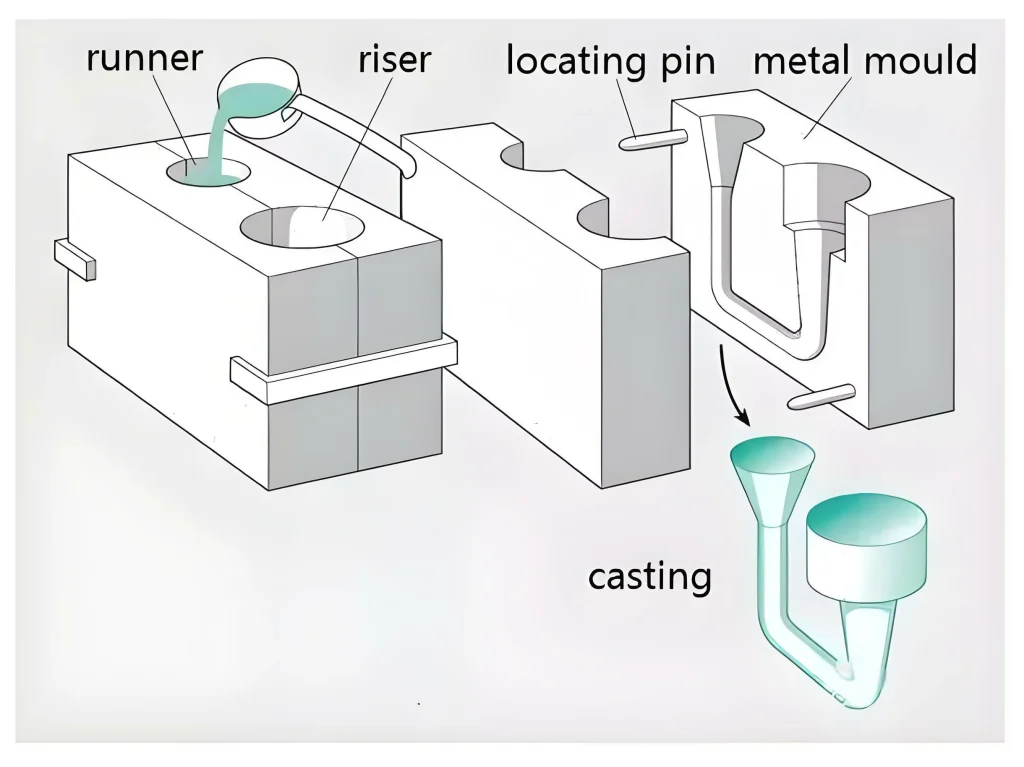The Crucial Role of Gating and Degating in Zinc Casting | Welleshaft
1.Introduction to Degating and Casting Gating in Zinc Die Casting
In high-pressure zinc die casting, degating means removing bits like runners, gate in casting, and overflows that don’t belong on the finished part. These come from the casting gating system that guides molten metal through the mold. Once the metal hardens, these extra pieces gotta go.
Understanding what is degating in casting process helps teams get better-quality parts, cut waste, and keep things moving smoother. At เวลเลชาฟท์, we treat gate in casting like a key part of performance and cost—not just flow control.
2.Overview of Gating in Zinc Casting
(1)How Gate in Casting Affects Product Quality
The gate in casting is where molten zinc gets in the mold. If it’s designed right, the casting gating system helps the metal flow smoothly, not splash around. That keeps air bubbles out and makes the surface and strength of the part better.
So yeah, how gate in casting affects product quality isn’t just a fancy idea—it matters every time a part’s made. Good gating means fewer bad parts and more consistency.
(2)Casting Gating System Design in Die Casting
Getting the casting gating system design in die casting right can save headaches. You need to think through gate spots, sizes, and how they link to the runners. Take a look at these gate types:
1.Gate Types and Their Functions
| Gate Type | Job | Use Case |
| Sprue Gate | Gets metal from crucible to mold | Basic stuff |
| Runner Gate | Spreads metal to mold cavities | Big batches |
| Fan Gate | Spreads flow wide, cuts turbulence | Fancy shapes |
| Direct Gate | Links straight to part | Precision stuff |
Knowing what is gate in casting mold design makes a big diff if you want less scrap. It’s also part of crucial casting methods for zinc and aluminum parts.
3.Types of Gates Used in Zinc Die Casting
(1)Gate in Casting for Precision Auto Parts
When you’re making auto parts, gate in casting for precision auto parts needs to be on point. Tolerance is tight, and metal flow has to be smooth. At เวลเลชาฟท์, we don’t mess around—we build gating setups for parts like engine housings and brackets where degating has to be clean and quick.
(2)Gate in Casting for Zinc Die Cast Export Parts
Export markets? No room for sloppy parts. The gate in casting for zinc die cast export parts has to match overseas specs. Our team at เวลเลชาฟท์ builds custom gating and degating solutions for die casting that keep parts compliant and reliable.
This stuff’s not just about looks. It’s part of crucial casting practices where quality needs to stay sharp every time.
4.Degating Processes Explained
(1)Degating Meaning in Foundry Operations
So like, what is degating in casting process? It’s taking the rough bits off the cast part. The degating meaning in foundry operations covers everything from hand-snipping to automated setups.
If you get the degating process explained for industrial casting, you’ll see how smoother cleanup can keep the line moving and scrap low.
(2)Why Degating is Crucial in High-Volume Casting
In mass production, degating has to be fast but still good. A couple of seconds here and there? That adds up fast. That’s why degating is crucial in high-volume casting—you save time and parts stay clean.
(3)Common Degating Techniques
1.Manual Degating
Good for short runs, simple shapes
Just some cutters, pliers—easy to do
Handy if a custom gating and degating solution for die casting feels like overkill
2.Trimming
Uses a die and press, maybe with a robot
Perfect for high volumes
Keeps things repeatable for consistent degating
3.Sawing
Works for thick gates
Clean cuts with a specialty saw
Best if the casting gating system design in die casting left heavy sections
4.Vibratory Degating
Toss it in a vib machine—boom, parts break clean
Great for tons of parts
Used in industrial gating and degating consulting services for automation setups
(4)Degating Process Explained for Industrial Casting
| Degating Style | Why It Works | Use It When… |
| Hand Cut | Cheap, simple | Low-volume |
| Trim Press | Fast and neat | Big runs |
| Saw | Accurate | Big, tough gates |
| Vib Machine | Full-auto | Bulk lots |
All these tie into degating meaning, showing why choosing the right one matters.

5.Choosing the Right Degating Method
Here’s what you gotta think about:
Shape: Odd shapes need special care
Volume: More parts? Go automated
Finish: Need smooth edges? Pick accordingly
Cost/tools: Got budget? Maybe go robotic
At เวลเลชาฟท์, we help you sort it out. We offer industrial gating and degating consulting services and help folks purchase gating simulation software for casting so you can plan before pouring metal.
6.People Also Ask
(1)What does a gate in casting do?
The gate in casting is how molten metal gets in. If that’s wrong? Part’s messed. A good casting gating setup keeps metal flowing smooth.
(2)Why’s degating such a big deal?
Degating is how you finish the part. Skip it or do it wrong, and you’ll waste time fixing defects. It’s key in crucial casting projects.
(3)How do I pick a degating method?
Depends on part size, how many you’re making, and the finish you want. เวลเลชาฟท์ helps plan your custom gating and degating solution for die casting.
(4)What defects come from bad gating?
Stuff like porosity, air bubbles, and warping. Nail the casting gating system design in die casting to keep things solid.
7.Conclusion: Efficient Gating and Degating with Welleshaft
Crucial casting needs tight gating and solid degating. Get the gating right and the metal flows nice. Get the degating right and your parts look sharp.
Once you get degating meaning and pair it with good tools, you cut costs and boost quality.
At เวลเลชาฟท์, we cover everything—from casting gating system design in die casting to setting you up with suppliers of automated degating systems.

